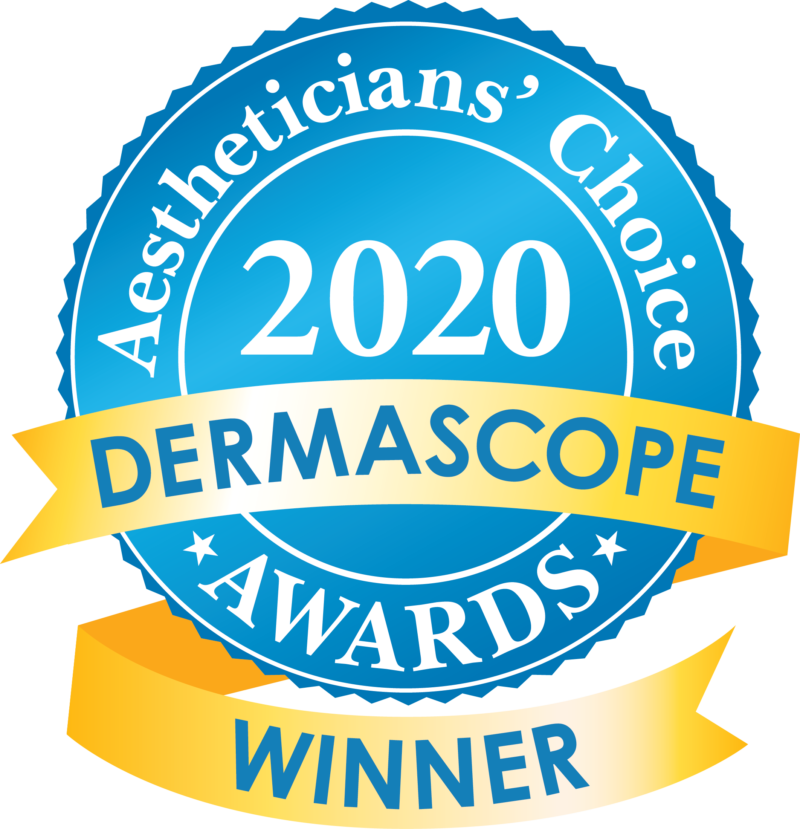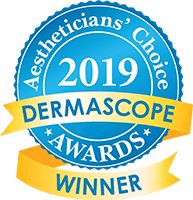Scientific Situation




by Gina Marie McGuire, L.E., CEO and President of GINAMARIE Products, Continuing Educations, Inc
The Chemistry Behind Product Formulation
Often when thinking of products and formulations, the first thoughts are active ingredients, natural ingredients, antioxidants, and what is trending at the current time. However, these ingredients are just a fraction of what it takes to formulate a product. This can create confusion and controversy amongst those who specialize in skin care, whether they be manufacturers or aestheticians.
Ideally, when formulating any product, one should keep in mind that skin is an organ. Not only an organ but the largest organ of the human body. It is intricately connected to tissues, other organs, and body systems. What is used on skin – whether it be for cosmetic or health purposes – can affect more than looks and more importantly, one’s health. Having a clear understanding of what this organ needs to be healthy should be the starting point in developing any product formulation. When looking at any other organ of the body, they require proper cleansing, vascular activity, nourishment, and moisture. With this said, topically duplicating what the body does internally will always result in less contraindications and healthier skin.
With so many products on the market and a plethora of opinions on what a good product looks like, not only is the client confused but sadly, so is the skin care professional. Knowing the difference between science and sales is of utmost importance, as this is the key to formulating any product. For instance, if a product is formulated from a sales perspective as opposed to the health perspective, the product will most likely do very little to treat skin. The formula will be geared towards treating the top, dead layer of skin, ensuring that the product feels good, smells good, and has desirable packaging. Contraindications are usually due to an allergy to a particular fragrance or ingredients that are occlusive and lay on the top layer of skin. Keeping this in mind, products that do very little to affect skin can cause skin problems ranging from clogged pores, acne, and premature lines and wrinkles due to product build-up.
However, if a formulation is based on science, things get more interesting. More questions and research are involved because skin is being affected at a deeper level. Questions arise surrounding what the product should do, how often a person should use the product, what happens if too much is used, and so on. Once the decision has been made as to what the product is meant to do, the next step is understanding how product formulation works and the importance behind certain ingredients. Chemistry is science not sales, and certain ingredients work together to achieve results.
BASE INGREDIENTS
Every product formulation must start with a base ingredient in order to make the other ingredients functional. There are two choices when choosing a base for product formulation: water or oil. Most products on the market are predominately water-based. This may seem surprising because so much attention is put on the other ingredients when purchasing skin care products. However, one cannot exist without the other. A formula is intended to work together. Each ingredient is meant to complement the other ingredients, resulting in a product formulation. Although water is very common as the number one ingredient in many products, there is a new trend moving towards oil-based skin care.
Philosophies Behind Various Bases
Water is the vehicle that moves in and out of 2,800 openings per square inch of skin. To illustrate this even further, while bathing, water is what assists in flushing toxins, dirt, and debris from the pores. However, more is needed besides water. A good cleansing agent and a balanced pH are two key components to cleaning skin and pores efficiently. In addition, water is a main contributor to the health of the human body. According to H.H. Mitchell, Journal of Biological Chemistry, up to 60% of the human adult body is water. The brain and heart are composed of 73% water, and the lungs are about 83% water. Skin contains 64% water while muscles and kidneys contain 79%. Even the bones contain a percentage of water.
Although there are scientific facts that prove water benefits skin, there is controversy on water being a main ingredient in skin care products. Critics have said that water is used as a filler and lessens the value of the other ingredients. Critics have also claimed that skin care companies have water as the base because it is cheaper. If one understands that water is the vehicle that allows the key ingredients to benefit skin and is an integral part of the human body, the cost is not always the motivation behind this base ingredient. Water is essential for life and having it as a base in most skin care products only coincides with treating skin from a health standpoint. This philosophy is held by many manufacturers when formulating product lines.
There is a time and place for everything, and this holds true with oil-based products. As oil-based products have become more popular throughout the skin care industry, for centuries, oils have been used to care for skin. The body naturally produces its own natural oil called sebum and this serves as the body’s moisturizer. When looking at skin from the health standpoint, all factors are already present to keep bodies healthy. Due to environmental changes, illness, medications, over-exposure to the sun, and so forth, many people need to add an additional moisture support for, as the body cannot produce enough sebum to compensate for the depletion of natural oils due to outside sources.
Published on Dermascope.com


